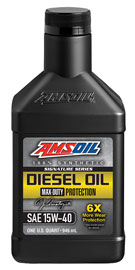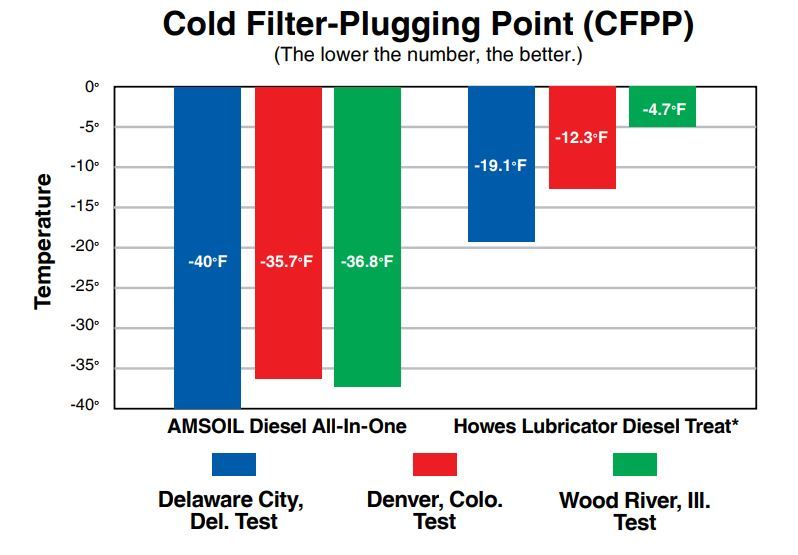2019 Year in Review: AMSOIL Company News Jamie Gibson|Dec 20, 2019 9:58 AM Editor Note: – This is being posted late but that’s alright as AMSOIL’s year starts now in August when things really get started for us – Summer maintenance and in northern climates not far is the season to wrap things up for […]
You are browsing archives for
Tag: diesel
Want the Best Diesel Oils for Your Vehic...
Confused About Diesel Oil? We’ll help you Joel Youngman|Jan 31, 2020 8:03 AM Your diesel truck is a serious investment – don’t skimp on protection. AMSOIL manufactures the best diesel oils on the market, providing the ultimate protection for your hard-working diesel engine, preserving the horsepower you crave and keeping you on the road. We […]
How to Prevent Diesel Fuel From Gelling
Preventing Diesel Fuel Gelling – Off Season Update Take advantage of the off season pricing here in the Sioux Falls store!! Here’s one product you will need in winter. Save even more buying now. (Products: Diesel All in One and the Diesel Cold Flow) Mark Nyholm|Oct 29, 2019 10:12 AM We diesel burners get a […]
Announcement – Banks Performance/AMSOIL
Known for Being The Pinnacle of Performance, AMSOIL and Banks Make for Logical Partnership Much more to be published on this in the future of course – here’s just a little about the two firms. Endorsement To Better Serve Customer Base Banks Power has recently endorsed AMSOIL as the lubricant of choice. As the premier […]



